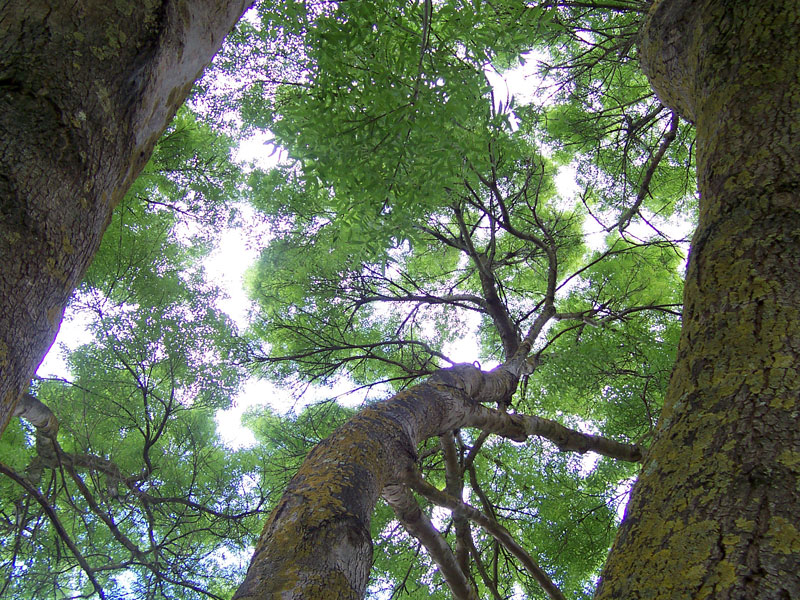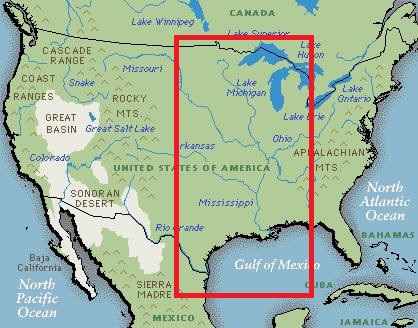Habitat
The Spilogale putorius has been found across
the United States and in several other countries.
According to
The ICUN Red List of Threatened Species the
Spilogale putorius has been sighted from northeast
Mexico to eastern Canada, but most typically seen in
central and southeastern United States. The Eastern
Spotted Skunk inhabits a wide variety of habitats.

There has been much discussion about whether this species lives in forest, closed canopy, or prairies, therefore it remains unclear which is their native habitat (Lesmeister et.al 2009). One prairie grass that the Spotted Skunk has been found in or around includes the Cheatgrass. Closed canopy is favored among this species, because it allows cover from predation, such as Haliaeetus leucocuphalus, known as the Bald Eagle, or Otus kennicotti, also known as the Screech Owl. The Great Horned Owl is also known as a predator of the Spotted Skunk. In Lesmeister’s study in 2007 and 2009 he discovered that the Spilogale putorius tends to spend most of the year in the closed canopy or dense underbrush, but will branch out of this usual habitat for mating season in spring. During the non-mating season male and female skunks will settle into their preferred land, however males tend to have a wider range for traveling during the year (Lesmeister et.al 2009). To see more on the skunks mating and reproduction visit our reproduction page. Lesmeister has done his research in the Ouchaita Mountains in Arkansas, showing that their home range can span from mountains to the Great Plains. Recently habitat has been a more limited for the Eastern Spotted Skunk due to the habitat restoration of Red-Cockaded Woodpeckers that share the land with them (Lesmeister et.al 2013). This study implemented that the more restorations for the Red-Cockaded Woodpecker resulted in young canopied forests that were not suitable enough for the skunk, allowing predation to take course.
Under certain conditions like if predation is high, it is currently the winter season, or it is mating season, the eastern spotted skunk will burrow in dens with up to eight other skunks. They will either dig in the ground to create shelter, or they will find small empty dens to live in during these times, such as those previously belonging to wood rat. Another place they will go if food is scarce or there is a predator is in trees. The Spilogale putorius can climb trees, and here they can feed on birds nest for extra food sources (The Natural Source 1997). The spotted skunk is not a species of concern to any endangerment, but across all areas the population is decreasing. Some say it is due to farming and pesticides, because they farmers are taking down old canopied forest where the skunk lives. Another large part in their mortality is getting hit by vehicles if they are crossing a road. For more information on their interactions with other organisms, refer to the interactions page on our website.
Continue reading and enjoy information about the Form and Function of the Eastern Spotted Skunk!
May also be helpful:
